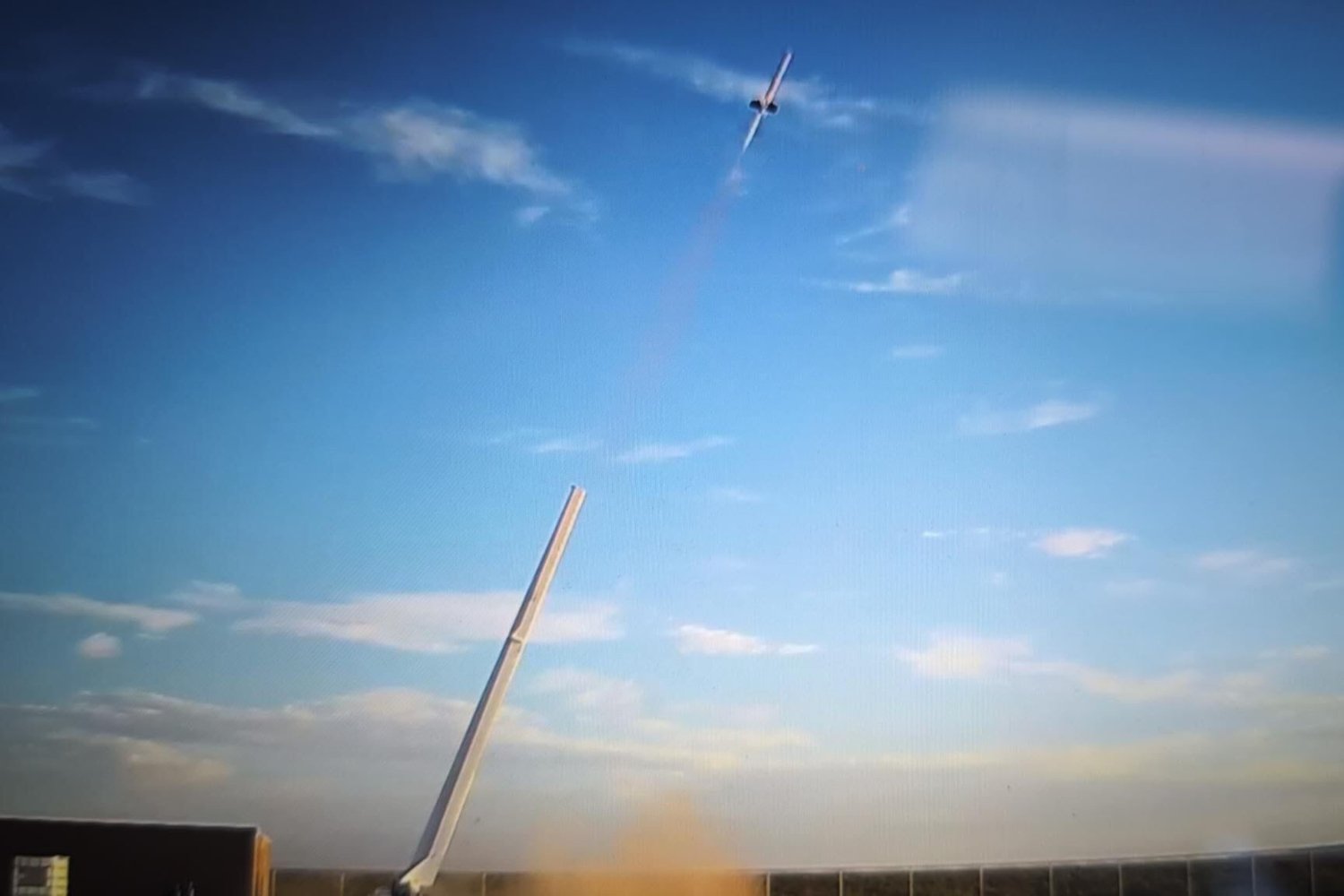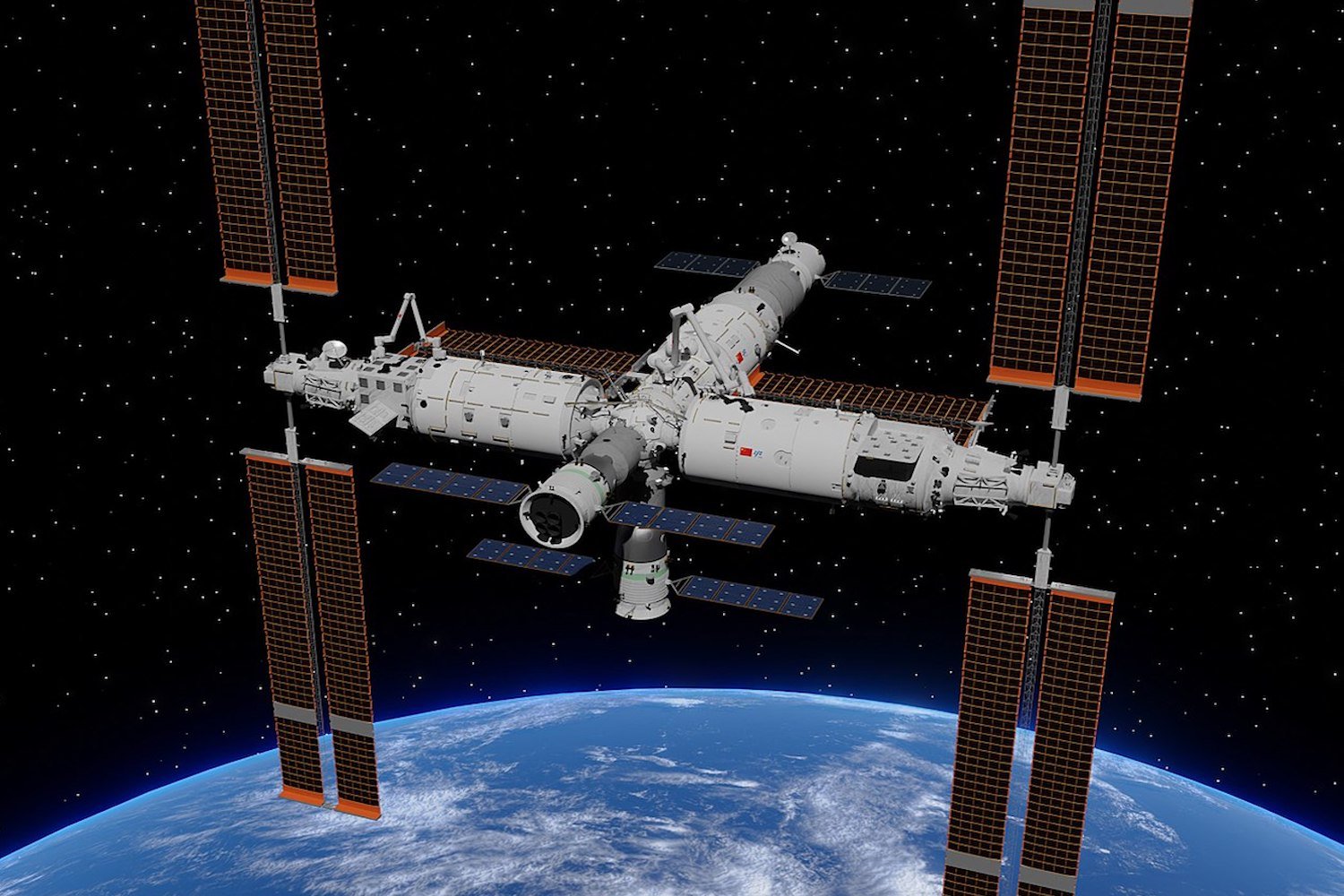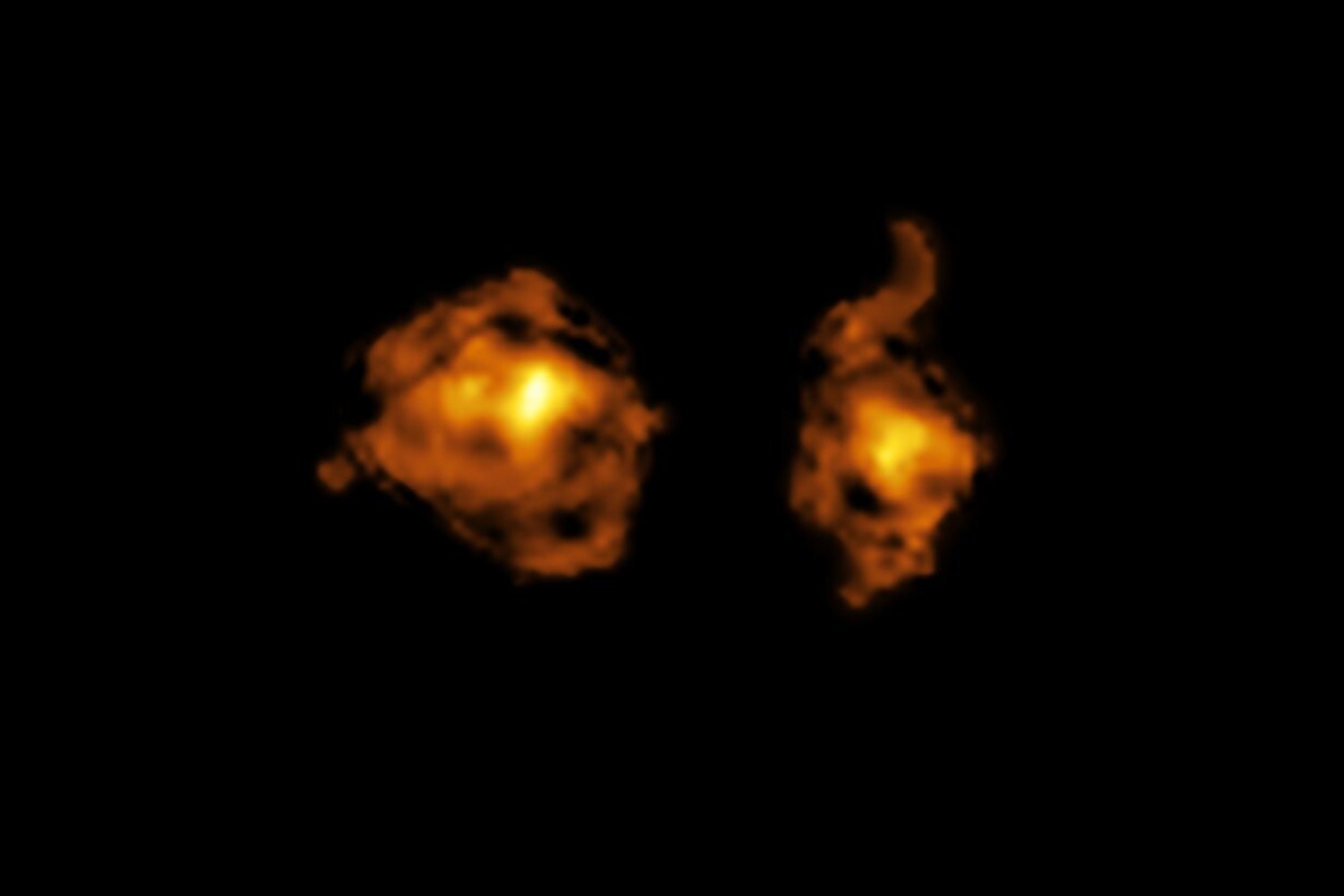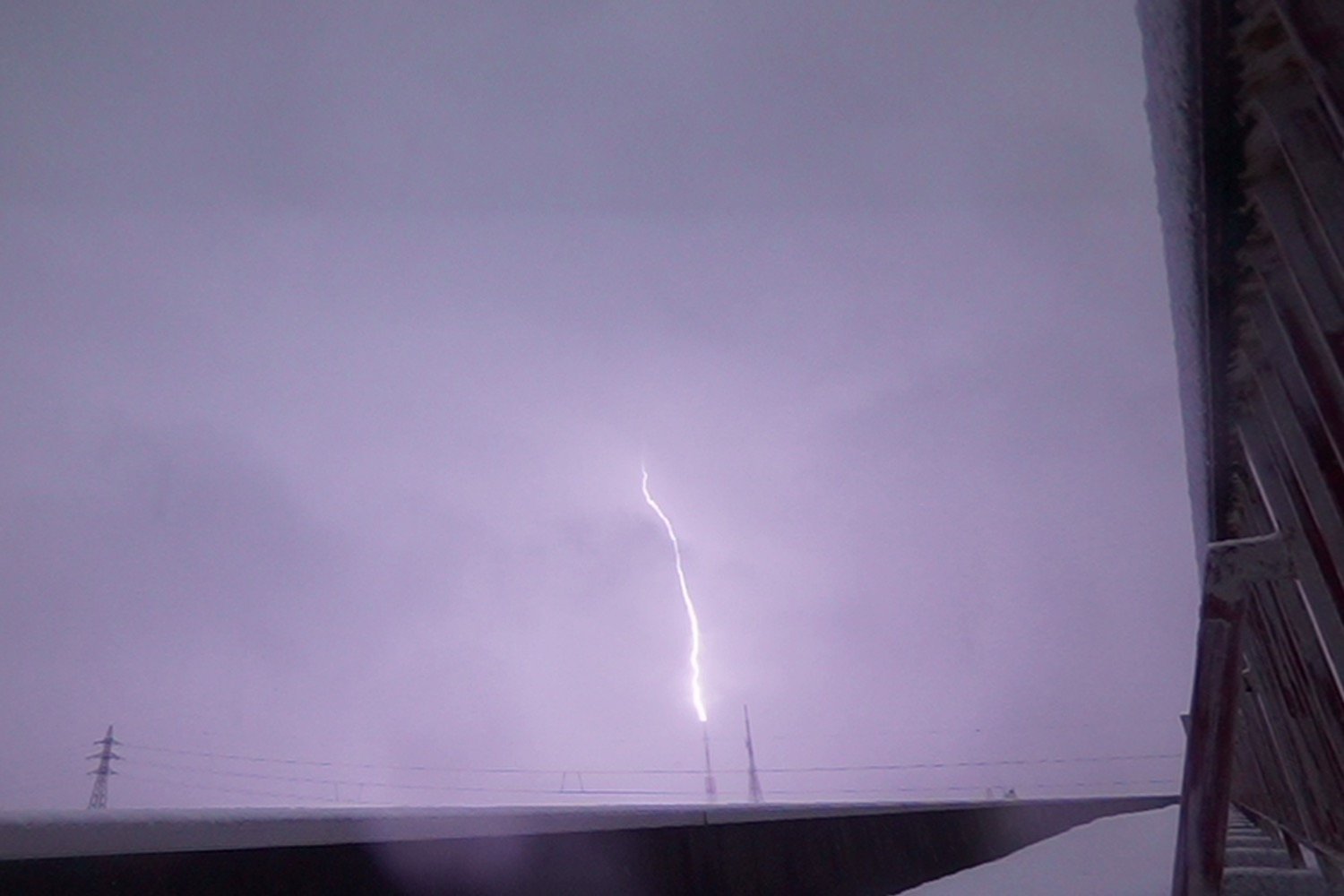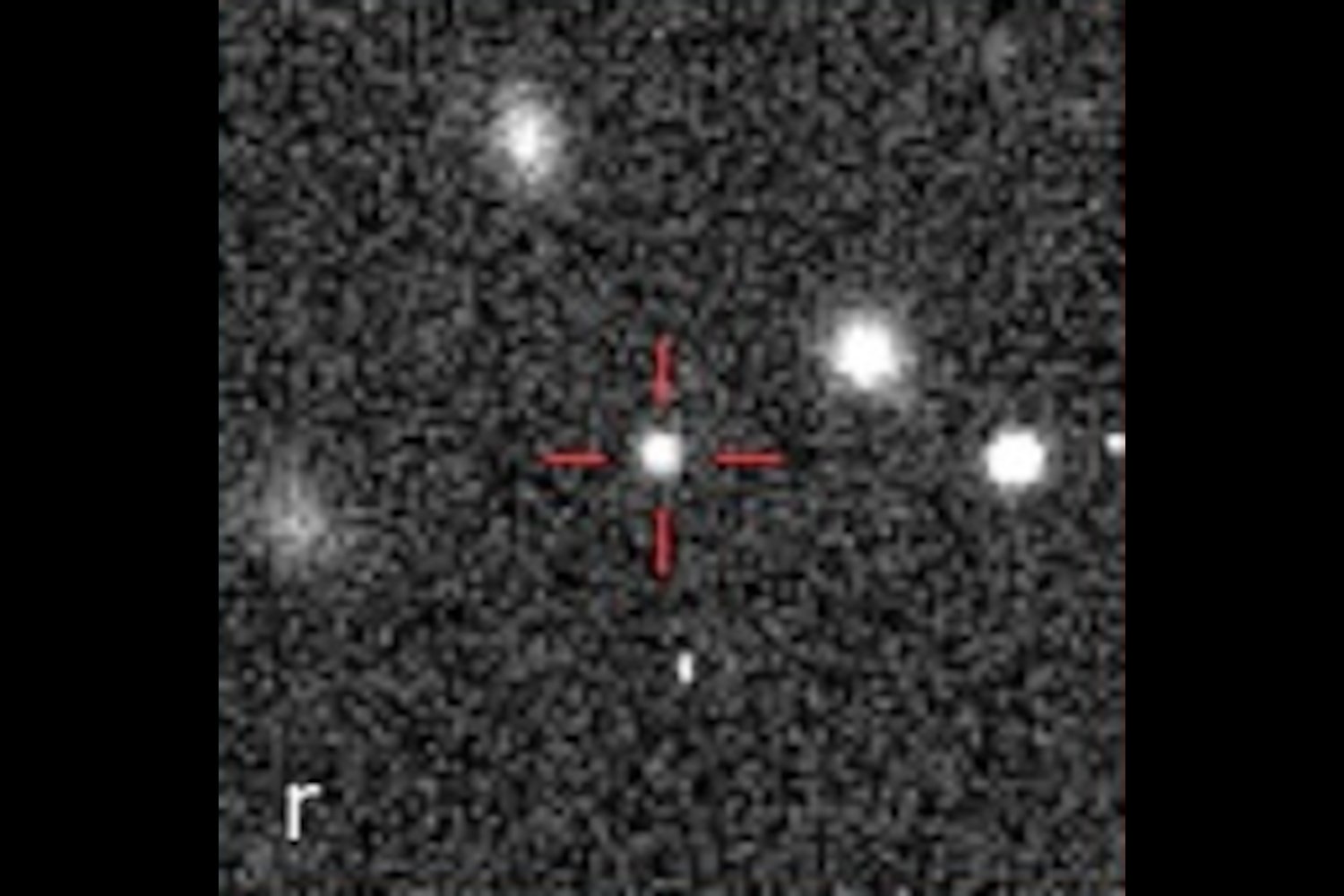Venus Aerospace, a Houston-based propulsion company, successfully tested its rotating detonation rocket engine (RDRE) on May 14th, marking a significant advancement for hypersonic flight in the United States. This groundbreaking test, a first for a US-based company, brings decades of research and development closer to fruition, potentially paving the way for aircraft capable of exceeding six times the speed of sound.
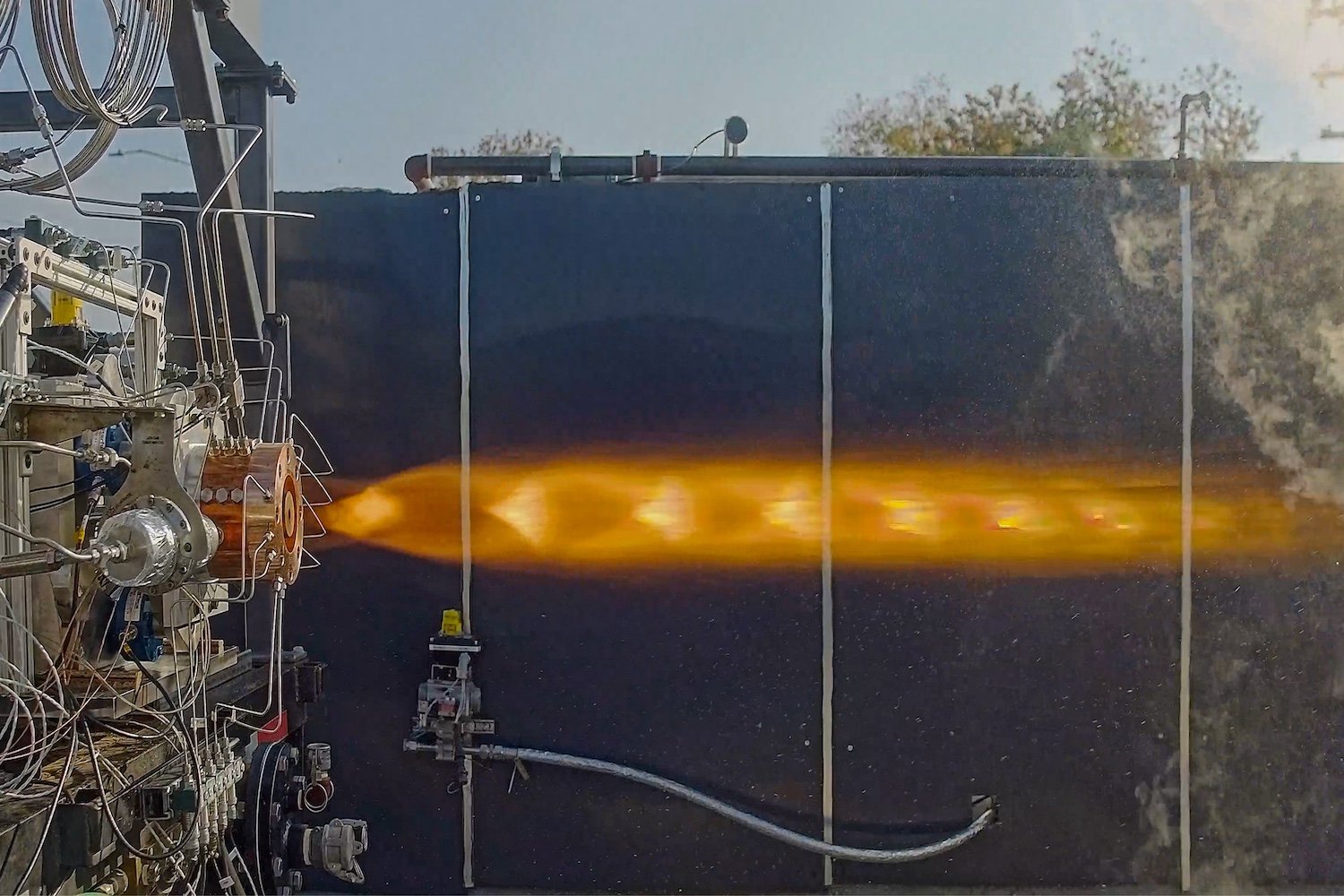 Venusaero Rdre 466 (1)A ground test showcasing the conceptual rocket design. © Venus Aerospace
Venusaero Rdre 466 (1)A ground test showcasing the conceptual rocket design. © Venus Aerospace
RDRE: A Revolutionary Propulsion System
The test, conducted at Spaceport America in New Mexico, involved a small rocket powered by a 2,000-pound-thrust RDRE. This duffel-bag sized engine propelled the rocket to an altitude of 4,400 feet, burning for seven seconds and achieving a speed of approximately 383 miles per hour—roughly half the speed of sound. The flight lasted about 30 seconds before a successful parachute landing and recovery.
From Theory to Flight: The Power of RDRE Technology
Theorized since the 1980s, RDREs are designed for high efficiency and compactness, generating greater thrust with the same fuel as traditional combustion engines. Unlike traditional engines that rely on a steady stream of exhaust, RDREs are powered by shockwaves. A continuous injection of fuel and oxidizer creates a wave of continuous explosions, or detonations, within a circular channel. This produces a supersonic shockwave that propels the aircraft forward.
 rotating detonation rocket engineDiagram illustrating the principles of a rotating detonation rocket engine. © Venus Aerospace
rotating detonation rocket engineDiagram illustrating the principles of a rotating detonation rocket engine. © Venus Aerospace
Cost-Effective and Versatile: Potential Applications of RDRE
This technology promises significant advantages, including reduced flight times, improved fuel efficiency, and lower costs across various sectors like military, commercial, and spaceflight. Venus Aerospace claims their RDRE is up to ten times cheaper to build and operate than traditional engines due to its lack of moving parts, use of storable fuels, and 3D-printability. Furthermore, CTO Andrew Duggleby suggests RDREs could enable the production of more affordable hypersonic weapons and launch space payloads four times larger than currently possible.
The Future of Hypersonic Flight
Founded in 2020 by Sarah and Andrew Duggleby, Venus Aerospace envisions a thriving hypersonics market, projecting it to exceed $12 billion by 2030. While significant progress has been made, achieving sustained hypersonic flight remains a long-term goal. Following the successful test flight, Venus Aerospace will conduct a comprehensive analysis to refine the engine’s performance and inform future development.
 hypersonic flightArtist’s rendition of a hypersonic aircraft in flight. © Venus Aerospace
hypersonic flightArtist’s rendition of a hypersonic aircraft in flight. © Venus Aerospace
Next Steps and the Road Ahead
The company aims to have operational RDRE systems by the early 2030s. Their immediate focus is on scaling the technology, identifying optimal applications, and engaging potential investors, including U.S. defense and national security agencies, as well as commercial customers. This successful test flight signifies a crucial step towards realizing the potential of RDRE technology, bringing hypersonic flight closer to becoming a reality.



